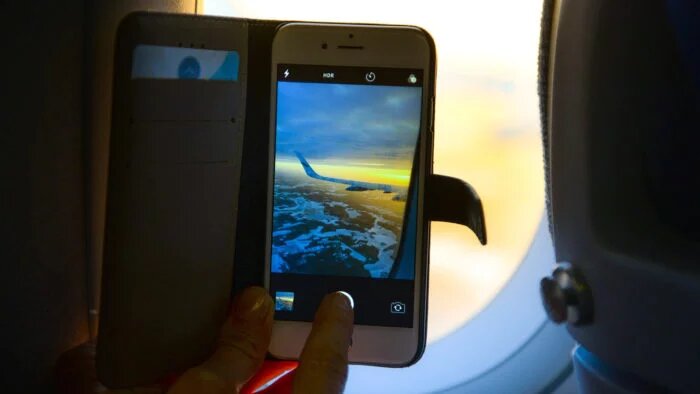Although Airplane Mode was created as a feature to prevent cell phones from being barred (or forced to always be turned off) on flights, it is very useful also on land and in various situations. Check out 4 tips for using Airplane Mode.

4 tips for using Airplane Mode the right way
Here are 4 precious tips for using Airplane Mode, whether you’re flying or not:
1. Avoid distractions
For those who need to work without interruption, Airplane Mode is a hand in the wheel. When you activate it, all external connections will be cut, such as 3G, 4G, calls, Bluetooth and Wi-Fi, and so there is no way for the cell phone to issue any type of notification.
At the same time, you will continue to have access to everything that is stored on the device, in case you need to open a photo or document, being a better option than turning off your device.
2. Stop offline game ads
There are a number of offline games (which do not depend on the internet connection to work) that use the network to download and display ads while the user plays, this being a common feature in free Android titles, with or without microtransactions.
When you activate Airplane Mode, the game has no way to update the ads, which no longer appear. Remember that it is not possible to do the same with games that depend on the internet or are multiplayers, as they will not work without an internet connection.
3. Save the battery when not in use
A good practice is to activate Airplane Mode when the cell phone is not in use, as long as the user is not expecting urgent contact via the telephone network or the internet.
With the connections turned off, the device will not attempt to make connections to the telephone towers all the time, nor will it scan for nearby Wi-Fi networks and Bluetooth devices, actions that consume energy more quickly.
4. Charge your phone faster
This tip is directly linked to the previous one: just as the Airplane Mode allows the cell phone to use less energy when turned on, it allows the recharging process to be shorter, as resources will not be consuming the charge supply.
Although the reduction in time is not so significant, depending on the speed of the charger, it avoids wear with the effect of simultaneous “input and output” of energy.